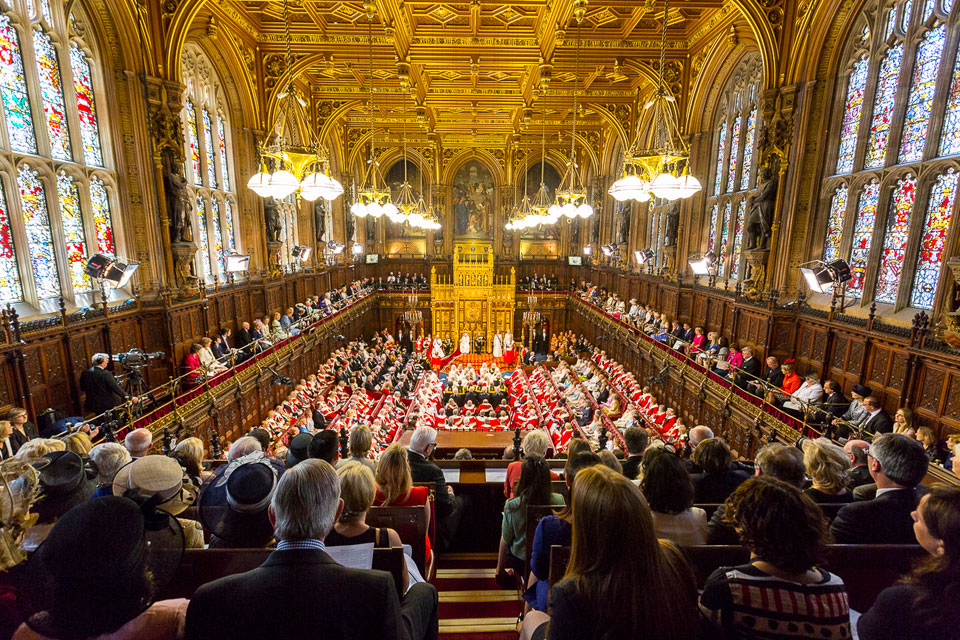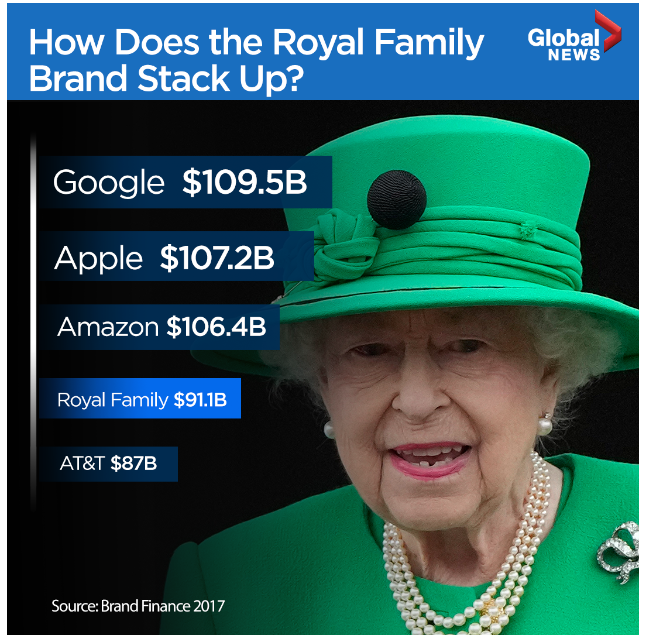Part
01
of three
Part
01
Does the British monarch have any political power?
Key Takeaways
- The British Monarch does not have a political or executive role for the nation. It has been said of a constitutional monarchy that the monarch is "A sovereign who reigns but does not rule."
- The political scientist Walter Bagehot stated that Britain's monarch has three main political rights: "the right to be consulted, the right to encourage, and the right to warn."
- The monarchy engages with the public through royal visits and award ceremonies. Not only does this nurture voluntary and community action among the country's people, it also helps to reach various parts of the population that politicians are unable to reach. The monarch can act as "the conscience of the nation" and at times speak up for those who are overlooked or forgotten by the political process.
Introduction
This research considers the question of the British monarch having any measure of authority or ruling power. An overview of the UK monarchy's responsibilities is included along with some ways that the reigning monarch can impact decisions.
Overview of the UK Monarchy
- An absolute monarchy "serves as the sole source of political power" and is not bound legally to any constitution. In contrast, a constitutional monarchy has a monarch serving as head of the state but they must act within the confines of a written, unwritten, or a blended framework of parameters included in a constitution. In the United Kingdom, this means that the monarch serves as Head of State primarily as a symbol of power while the burden of making and passing any legislation lies in the hands of an elected Parliament.
- The British Monarch does not have a political or executive role for the nation. It has been said of a constitutional monarchy that the monarch is "A sovereign who reigns but does not rule."
- A political scientist named Walter Bagehot stated that Britain's monarch has three main political rights: "the right to be consulted, the right to encourage, and the right to warn."
Political Responsibilities of the UK Monarchy
- One of the primary responsibilities of the monarch is to be politically impartial and therefore to unify the nation, acting "as a focus for national identity, unity, and pride." It allows the reigning monarch to represent the nation at all times, whether this might be in celebration or morning and in times of crisis. Commenting on this, Bagehot said, "The nation is divided into parties, but the Crown is of no party."
- The monarchy engages with the public through royal visits and award ceremonies. Not only does this nurture voluntary and community action among the country's people, it also helps to reach various parts of the population that politicians are unable to reach. The monarch can act as "the conscience of the nation" and at times speak up for those who are overlooked or forgotten by the political process.
- The reigning monarch also serves as a symbol of stability. The royal family can represent and relate to the various age groups throughout the national population.
- Constitutional monarchs often open sessions of parliament and designate or appoint the prime minister. They also normally accredit and receive ambassadors and formally appoint high-ranking officials. A monarch's presence at official governmental functions and announcements strengthens the legitimacy of governmental acts.
Ways A Monarch Can Impact Political Or Economic Decisions
- The British monarch has the right and power to dismiss a government and call for new elections if the majority party in parliament loses a vote of no confidence. The last time this occurred in the UK was in 1783.
- It has been noted that modern UK monarchs do not attempt to block passed legislation or refuse to appoint politicians when advised by the government as this would likely lead to the end of the monarchy.
- The UK's monarchs may be able to express personal views through the current prime minister. The monarch is constitutionally restricted from expressing an opinion on political issues or speaking publicly about governmental matters.
- The British royal family doesn't directly impact economic decisions by means of policy. However, the family does impact the economy by providing royal warrants, an official seal of approval from the monarch.
- The director of Brand Finance Canada, Charles Scarlett-Smith says: "Royalist or not, the amount of economic benefit that’s brought to the (U.K.) from the existence of the royal family is undeniable."
- Tourism in the UK plays a major role in economic impact, and the royal family contributes to the draw of tourists. From research conducted in 2017, the royal family's "brand" comes in fourth place in the world for overall value.
Research Strategy
For this research on the political power of the British monarch, we leveraged the most reputable sources of information that were available in the public domain, including the UK's official government website, Encyclopedia.com, Political Science View, and news sources such as Fox News. While the report by Brand Finance was conducted and delivered in November 2017, we note that these appear to still be the most recent figures publicly available.





